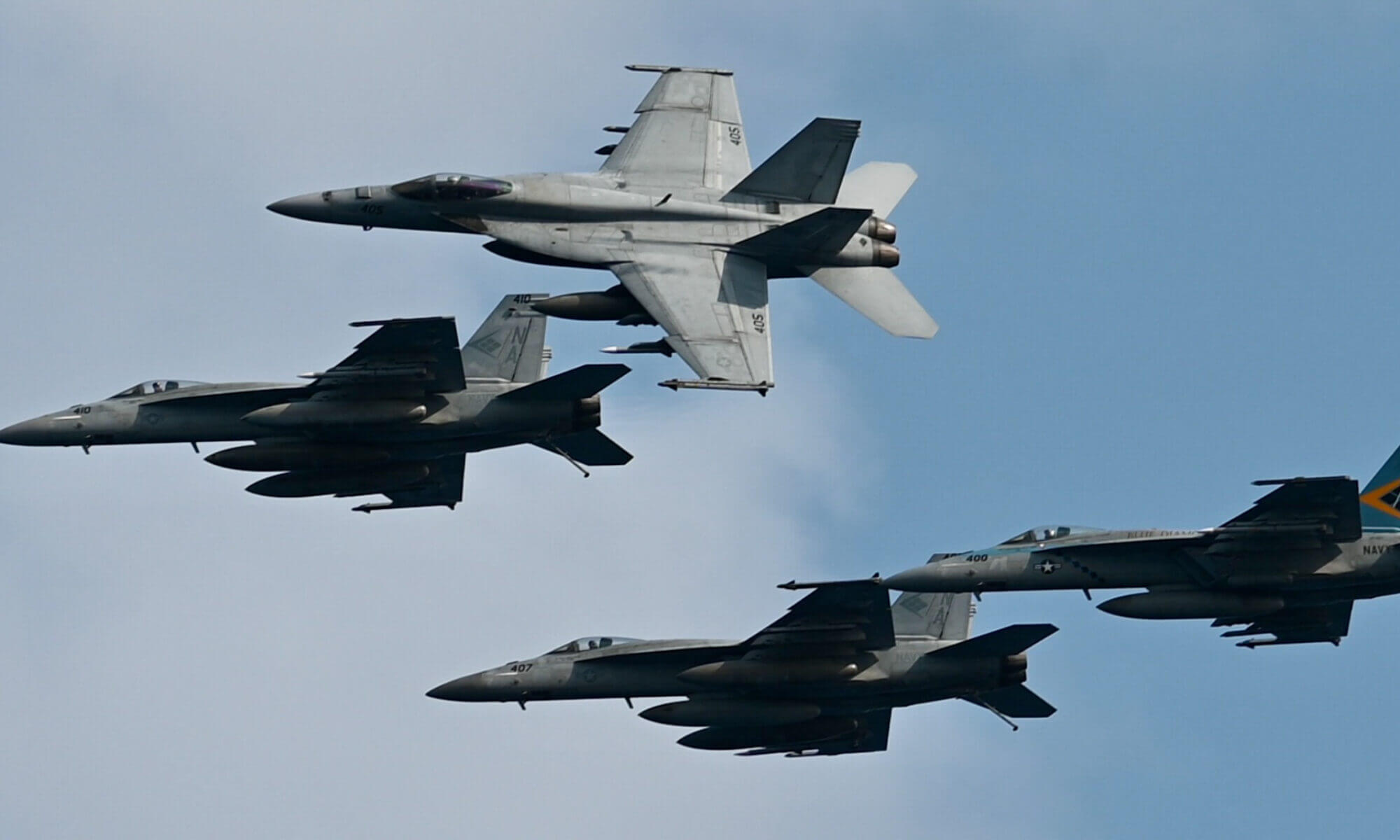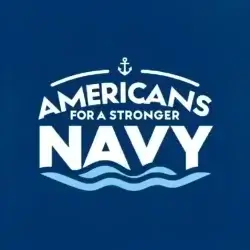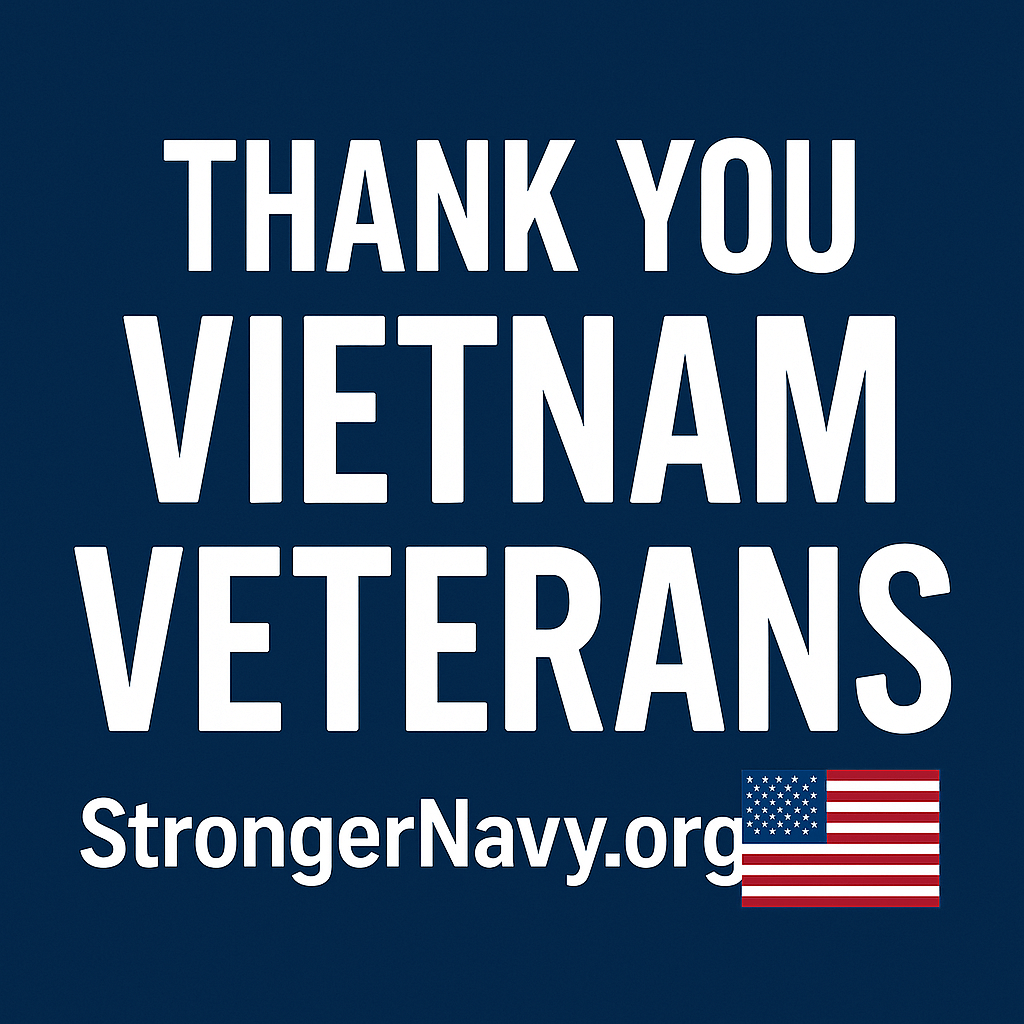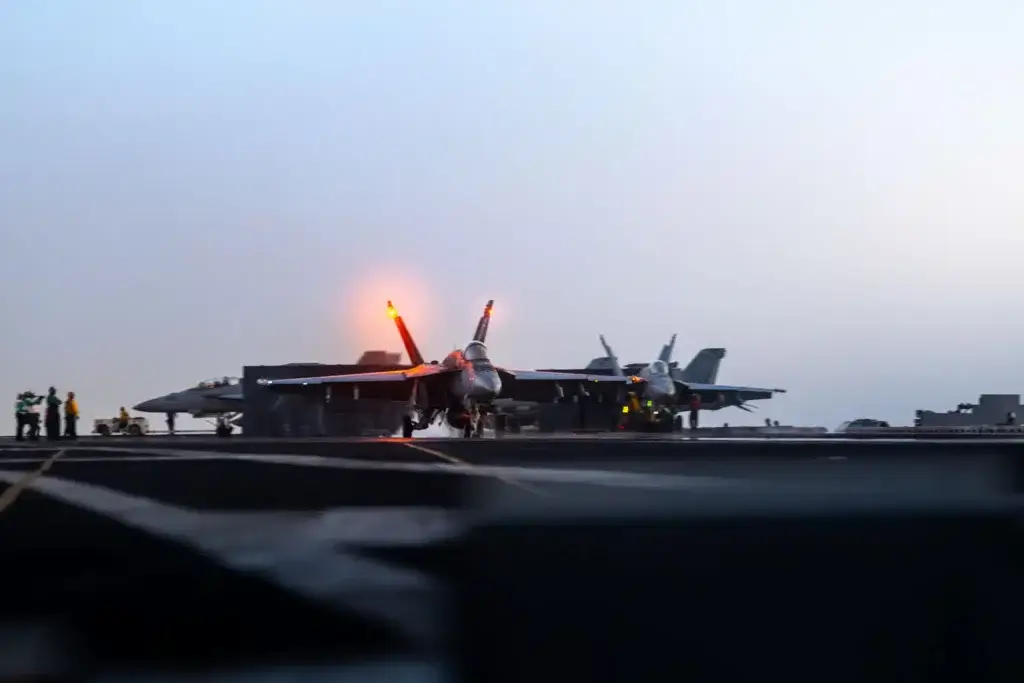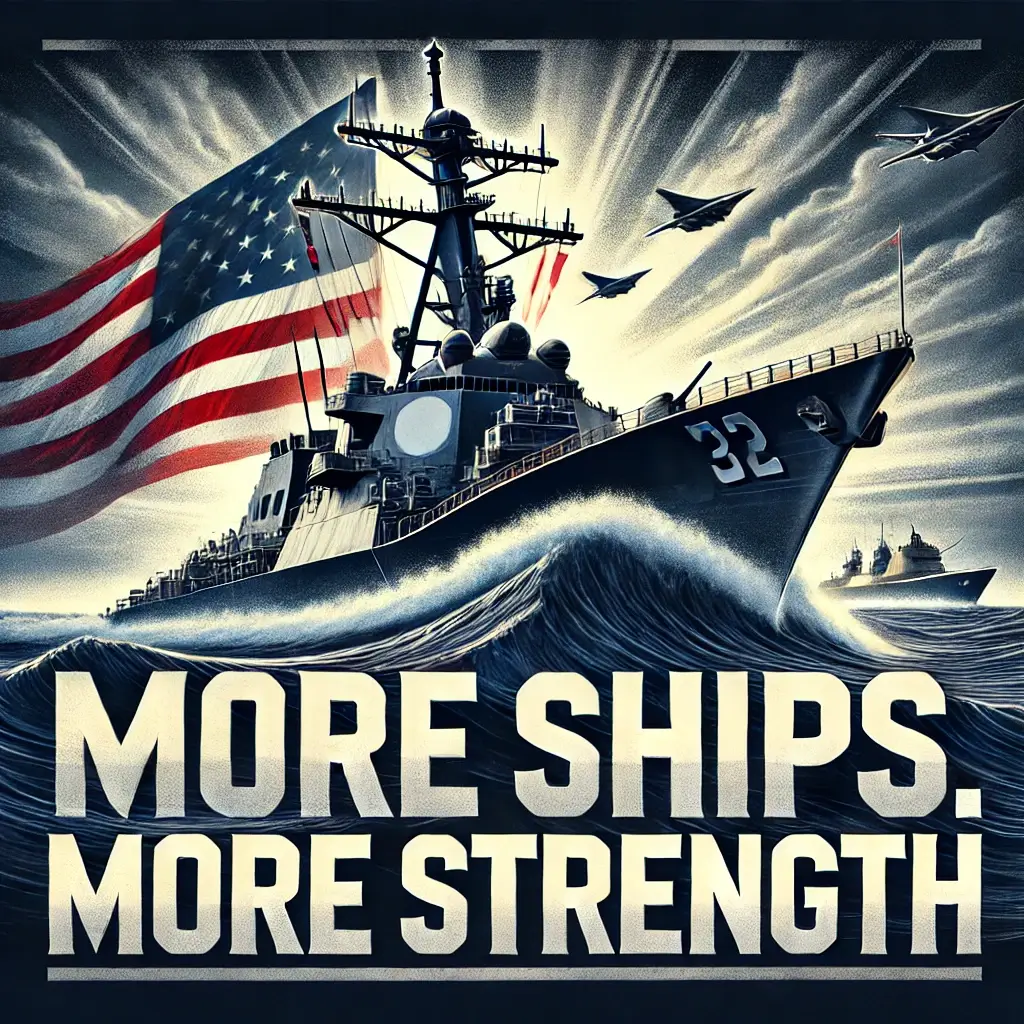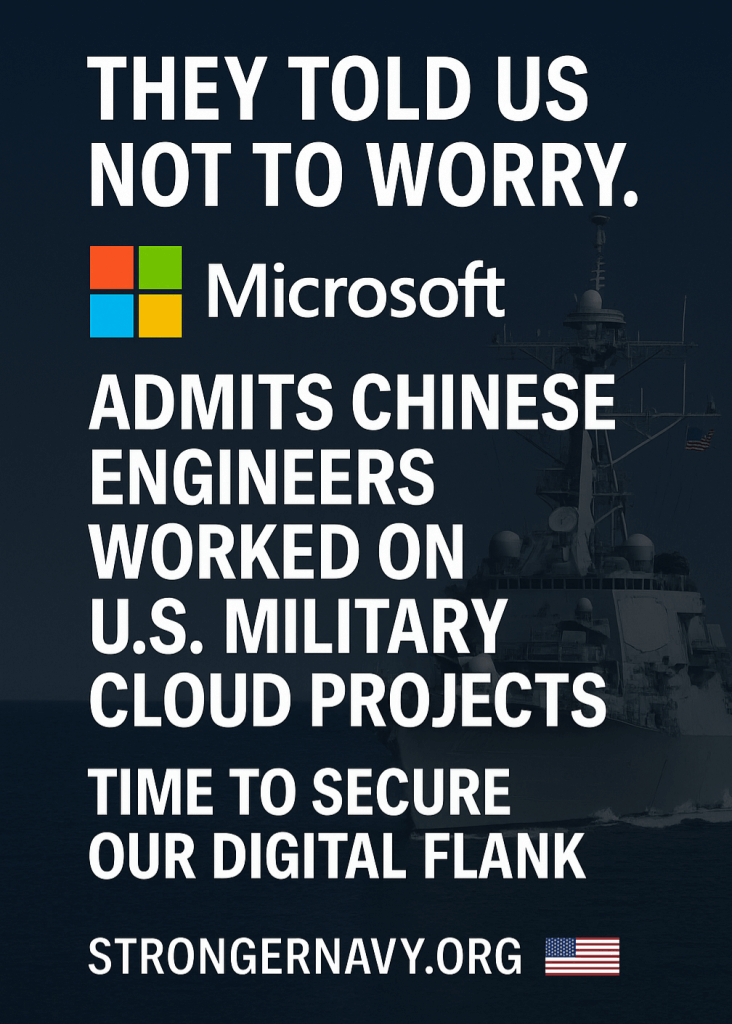
If you’ve been following us over the past couple of years, you already know—we’ve been sounding the alarm.

Introduction
This week’s news confirms it: Microsoft allowed China-based engineers to support U.S. military cloud systems, including infrastructure tied to the Navy. It took a journalistic exposé, a senator’s inquiry, and finally a directive from the Secretary of Defense to shut it down.
Let’s be clear—this is systemic.
This wasn’t one company’s mistake. It reflects a broader failure—where critical defense infrastructure is entangled with adversarial regimes, our tech workforce has been hollowed out, and profit has been prioritized over patriotism.
This Is My Journey—and My Shout: From Destroyer Sailor to Digital Sentinel
My early days as a U.S. Navy destroyer sailor in the 1970s gave me a global perspective that’s stayed with me ever since. I saw firsthand how the world’s most critical maritime trade routes—from the Malacca Strait to the South China Sea—could quickly become flashpoints when adversaries or their proxies seized control. I came to understand just how vital the U.S. Navy’s role in freedom of navigation is—not only in defending democracy abroad, but in protecting our economic and strategic interests here at home.
After a career in telecommunications, I turned my focus to education. In 1997, I founded a national association committed to building America’s digital workforce. We trained web developers, server administrators, and IT professionals—because I believed then, as I still do, that digital strength is national strength.
Even back then, the writing was on the wall: rising dependence on China, fragile supply chains, and a dangerous complacency about safeguarding America’s digital and strategic backbone.
What I Saw Coming
I could see where this was headed. The decisions being made in boardrooms and bureaucracies—about outsourcing, offshoring, and chasing short-term profits—were creating long-term risks. And I knew exactly who would be left to deal with the fallout: our Navy and the sons and daughters of those I served with.
They’d be the ones sent to navigate hostile waters, defend contested choke points, and hold the line during crises that began far from the sea.
Why I Launched Americans for a Stronger Navy
I couldn’t sit back and hope it would all work itself out. I’ve seen too much. And frankly, it pains me to see the Navy have to grovel for support in an era where threats are multiplying—not receding.
That’s why I founded Americans for a Stronger Navy—to push for the readiness, resources, and respect our Navy needs. Because I know what’s at stake—not just for this country’s future, but for the safety of our allies and the stability of the global order.
This is just the beginning. In the weeks ahead, I’ll be breaking down what went wrong—and how we fight back.
More Than Microsoft: A National Security Crisis
The Navy—and the rest of our armed forces—now depends on cloud systems for everything from warfighting logistics to operational readiness. But when those systems are built or maintained by foreign nationals under weak supervision, our adversaries don’t need to hack their way in. They’re already inside.
This Microsoft scandal is just the latest proof point. Behind it lies:
* A depleted domestic technical base
* A defense industry over-leveraged to foreign subcontractors
* Big Tech firms chasing margins—not national security
And at the center of it all? A Navy that’s being asked to do more with less—and too often, without the tools it needs.
What Comes Next: Charting the Course
That’s why we’re launching Charting the Course: Voices That Matter—a comprehensive 24-session educational series designed to peel back the layers of how we got here, what went wrong, and what must happen next.
Each session will tackle a specific facet of the crisis—from the outsourcing of digital infrastructure and the hollowing out of our industrial base, to the cybersecurity vulnerabilities inside the Navy’s digital backbone. We’ll examine the influence of adversarial regimes, the failure of public-private accountability, and the high-stakes strategic chokepoints where our forces may soon be tested.
But this isn’t just about understanding the problem. It’s about charting a path forward.
We’ll offer concrete proposals to revitalize American shipbuilding, retrain our tech workforce, and rebalance the defense-industrial ecosystem to serve national—not corporate—interests. And yes—we’ll ask the tough question: how do we pay for it?
Because the days of bloated, inefficient spending are over. We need what Navy leadership is already calling for: a leaner, more lethal, and more disciplined force. As Acting CNO Admiral James Kilby put it, the Navy must:
“Exercise strategic discipline… while increasing surge readiness… without sacrificing scheduled maintenance,” with a goal of achieving “an 80% combat‑surge ready posture by 2027.”
We’ll explore potential solutions ranging from public-private innovation partnerships and industrial reinvestment incentives, to reallocating wasteful spending and rethinking procurement models that reward results—not red tape.
These sessions are designed to educate the public, inform policymakers, and mobilize everyday Americans—because this is not just a military issue.
It’s an American one.
We believe that a stronger Navy starts with a stronger nation, and Charting the Course: Voices That Matter is our call to action.
Final Word
Let’s be clear again—this is systemic. And if we don’t act now, the damage will only deepen.
We must rebuild American capability—not just in ships and steel, but in the servers and systems that power modern warfare and strategic readiness.
That means:
Holding Big Tech accountable
Strengthening our domestic tech workforce
Educating the public on the stakes—because the next war won’t wait
👉 Join us at StrongerNavy.org Together, we can strengthen what they stand for. Sign up for our free course, Charting the Course -Voices that Matter by linking here.
